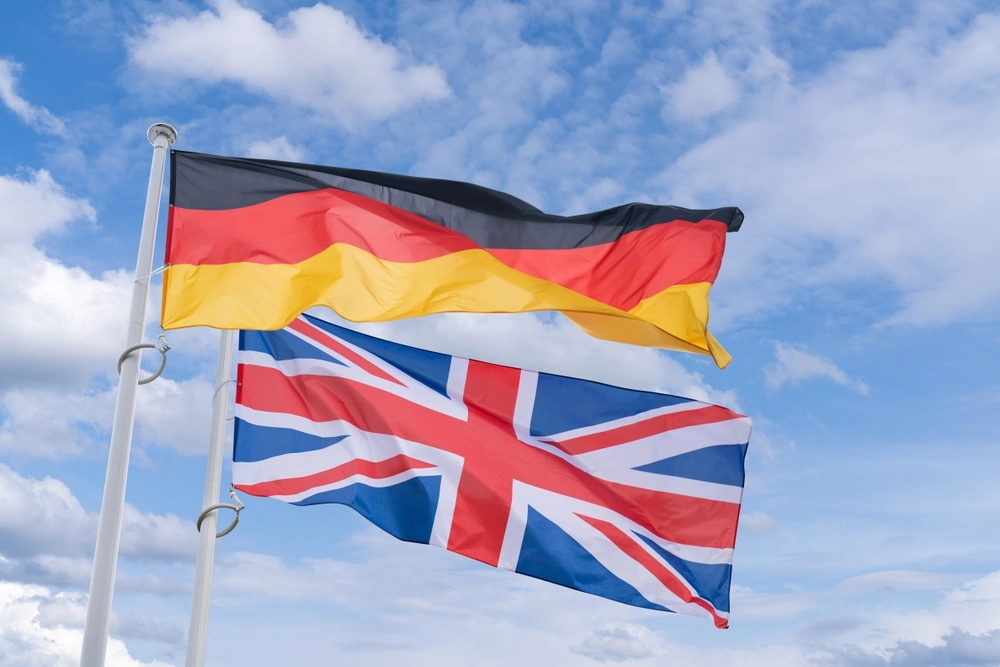
Oscar Wilde once said that "imitation is the sincerest form of flattery" and similar sayings are often repeated in China. One such saying comes from Shanghai which is that "we can copy everything except your mother".
There have been several high profile cases where well-known companies have had their intellectual property rights acquired by third parties in China, which has led to a variety of problems in exporting products from the country or selling their own products in China. Most recently, a Beijing court ruled that a manufacturer of small leather accessories can use the iPhone name on certain goods sold in the country and there is nothing Apple can do to prevent this third party from using the name. The reason for this is that the third party held a trade mark registration for iPhone covering leather and imitation leather goods.
In addition, there is the flood of counterfeit products from China which causes significant issues for brand owners in Europe not to mention the various look-a-like shops branded as Tommy Welai (Tommy Hilfiger) or shops with an upside down Nike 'Swoosh' for example.
So, what should you do to protect your intellectual property rights in China?
10 ISSUES TO CONSIDER
1. File your trade marks (and any domain names) in China as soon as possible and certainly before any disclosure of them in China. Also, consider filing all variations used. In China, priority is given to the person who files the trade mark first, and so prior use outside China is often not a valid ground to attack a third party's identical or similar mark.
2. Your trade mark specification should cover goods or services that you offer now and may offer in the future. Also, it is worth covering goods and services that you would have a problem with if a third party offered them under an identical or similar sign to your trade mark.
3. Ensure that your trade mark does not become vulnerable to cancellation for non-use in relation to any goods or services. In China, a trade mark can be revoked for non-use after three years from the registration date, which will make it difficult to succeed in an infringement action or trade mark opposition in relation to an identical or similar mark. It is therefore advisable to re-file the mark every three years.
4. Put a trade mark watch notice in place to ensure that you are given early warning of any third parties filing identical or similar marks. This is a relatively inexpensive process that will give you an early warning of any potential problems.
5. File a trade mark in Chinese characters for a number of reasons:
- Chinese consumers are familiar with the Chinese character marks which are easy to recognise and remember;
- the Chinese news coverage and consumers may use some Chinese names when they mention the brand;
- some third parties may pre-emptively register the Chinese character mark commonly used by the public;
- the English mark is unlikely to prevent other parties from registering and using the equivalent Chinese character mark; and
- many international brands have Chinese character marks making it convenient for them to develop their business in China.
6. If you are manufacturing or selling products in China, consider whether any further intellectual property rights need to be filed, such as patents or registered designs.
7. Ensure that you carefully select your business partner(s) and undertake appropriate due diligence into the businesses and owners, before entering into relationships with them.
8. Make sure that your agreements with any business partners are watertight in terms of intellectual property. Your agreement should specifically state that you own all rights in your brand and any related trade mark rights. You should also be very clear on the scope of your Chinese partner's right to use your brand and any restrictions you want to place on that use. In particular, there is no law against parallel imports of trade marked goods in China, so this should be addressed in the contract, your agreement should prohibit the sale of any goods featuring your trade marks outside any specifically authorised territory. Your Chinese partner should be obliged to notify you if they discover any unauthorised use of your brand so that you can take swift action to address it. Where they are manufacturing products featuring your brand, suitable warranties and indemnities relating to product liability will be important together with controls to prevent products leaving the backdoor of the factory. To ensure that both parties fully understand the terms, consistent English and Chinese versions of the agreement should be available, which means that an accurate translation is a must. Lastly, local advice should be sought to make sure that the agreement complies with any mandatory requirements or specific industry regulations.
9. If you are manufacturing or selling products in China, develop an anti-counterfeiting strategy in the territory and liaise with Customs to ensure that they are looking out for any such products being exported out of China or Hong Kong.
10. Should any issues arise in China, seek legal advice as early as possible to place yourself in the best position to take action.
We see so many issues arising in China which is mainly the result of companies not taking proactive steps to protect their brand in that country. Brands need to manage and review their strategy in China regularly and ensure that they take sufficient steps to minimise any disruption to their business plans.
Find out more by contacting me on [email protected]












